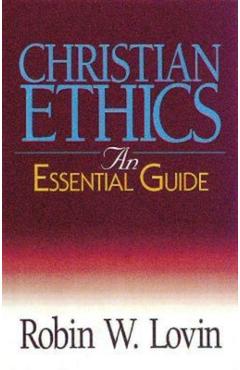An Introduction to Christian Ethics: Goals, Duties, and Virtues - Robin W. Lovin
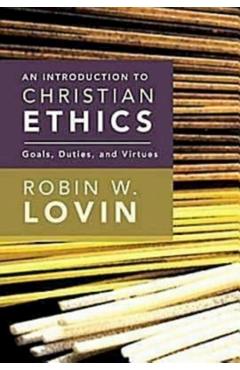
Detalii An Introduction to Christian Ethics:
libris.ro
200.83 Lei
223.14 Lei
Religion
Robin W. Lovin
An Introduction to Christian Ethics: - Disponibil la libris.ro
Pe YEO găsești An Introduction to Christian Ethics: de la Robin W. Lovin, în categoria Religion.
Indiferent de nevoile tale, An Introduction to Christian Ethics: Goals, Duties, and Virtues - Robin W. Lovin din categoria Religion îți poate aduce un echilibru perfect între calitate și preț, cu avantaje practice și moderne.
Preț: 200.83 Lei
Caracteristicile produsului An Introduction to Christian Ethics:
Comandă An Introduction to Christian Ethics: Online, Simplu și Rapid
Prin intermediul platformei YEO, poți comanda An Introduction to Christian Ethics: de la libris.ro rapid și în siguranță. Bucură-te de o experiență de cumpărături online optimizată și descoperă cele mai bune oferte actualizate constant.
Descriere magazin:
A few years ago, the first distinction that ethicists drew was the line between Christian ethics and philosophical ethics. However, in our global context, Christian ethicists must now, in addition, compare and contrast various ethics. Christian ethics has become increasingly multivocal not only because of a plurality of faiths but also because of a plurality of Christianities. Beginning with five key ideas about God\'s relationship to humanity and history, Dr. Lovin shows how these work together to shape the Christian stance. In the first three chapters, he then shows how those ideas took shape in relation to other ways of thinking about ethics in the world of early Christianity and identifies four major variations: Synergy, Integrity, Realism, and Liberation. The six remaining chapters cover historical and contemporary developments in the three ways of thinking about moral choices: teleology, deontology, and areteology. Test cases are also included. The purpose of the book is to indicate what is possible in Christian ethics, rather than to prescribe one way that it ought to be done. The aim is not to get readers to choose one among the Christian possibilities and use it exclusively, but use this introduction as a resource to arrive at their own ways of thinking about moral problems in order to act with integrity.

Produse asemănătoare
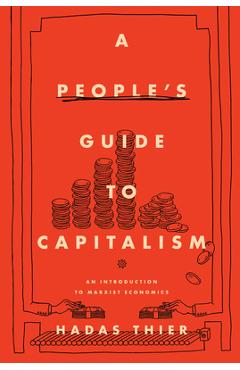
A People\'s Guide to Capitalism: An Introduction to Marxist Economics - Hadas Thier
![]() libris.ro
libris.ro
Actualizat in 28/10/2025
112.64 Lei

Hand Lettering 101: An Introduction to the Art of Creative Lettering - Chalkfulloflove
![]() libris.ro
libris.ro
Actualizat in 28/10/2025
153 Lei
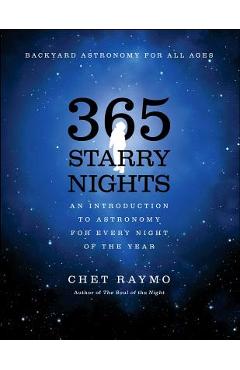
365 Starry Nights: An Introduction to Astronomy for Every Night of the Year - Chet Raymo
![]() libris.ro
libris.ro
Actualizat in 28/10/2025
122.76 Lei
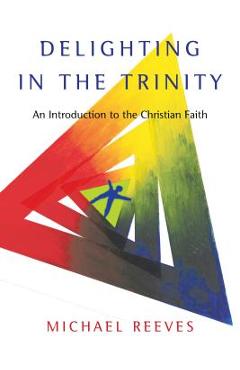
Delighting in the Trinity: An Introduction to the Christian Faith - Michael Reeves
![]() libris.ro
libris.ro
Actualizat in 28/10/2025
122.71 Lei

A Beginner\'s Book of Prayer: An Introduction to Traditional Catholic Prayers - William G. Storey
![]() libris.ro
libris.ro
Actualizat in 28/10/2025
89.23 Lei
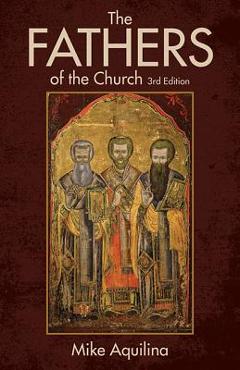
The Fathers of the Church: An Introduction to the First Christian Teachers - Mike Aquilina
![]() libris.ro
libris.ro
Actualizat in 28/10/2025
122.48 Lei
Produse marca Robin W. Lovin

An Introduction to Christian Ethics: Goals, Duties, and Virtues - Robin W. Lovin
![]() libris.ro
libris.ro
Actualizat in 28/10/2025
200.83 Lei
